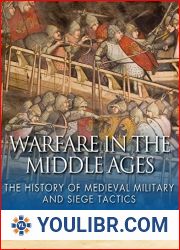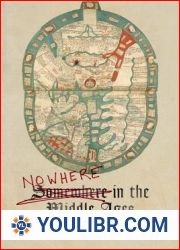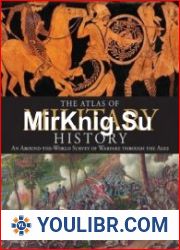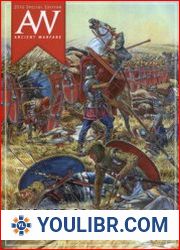
BOOKS - Warfare in the Middle Ages: The History of Medieval Military and Siege Tactic...


US $5.85

455182

455182
Warfare in the Middle Ages: The History of Medieval Military and Siege Tactics
Author: Charles River Editors
Year: March 17, 2015
Format: PDF
File size: PDF 2.1 MB
Language: English
Year: March 17, 2015
Format: PDF
File size: PDF 2.1 MB
Language: English
*Includes pictures*Includes chronicle accounts of some of the battles*Includes online resources and a bibliography for further reading*Includes a table of contentsIn the time period between the fall of Rome and the spread of the Renaissance across the European continent, many of today's European nations were formed, the Catholic Church rose to great prominence, some of history's most famous wars occurred, and a social class system was instituted that lasted over 1,000 years. A lot of activity took place during a period frequently labeled derogatively as the "Dark Ages," and while that period of time is mostly referred to as the "Middle Ages" instead of the Dark Ages today, it has still retained the stigma of being a sort of lost period of time in which Western civilization made no worthwhile progress after the advances of the ancient civilizations of Greece and Rome. In reality, this oversimplification of the Middle Ages overlooks the progress made in the studies of sciences and philosophy, especially during the High Middle Ages. It also ignores the fact that one of the most important inventions of the last millennium was created in Germany during the Late Middle Ages, the printing press, which allowed the Renaissance to move across the continent and help position Western Europe as the wealthiest region in the world. If anything, the one aspect of the Middle Ages that has been romanticized is medieval warfare. Indeed, the Middle Ages have long sparked people's imaginations thanks to imagery of armored knights battling on horseback and armies of men trying to breach the walls of formidable castles. What is generally forgotten is that medieval warfare was constantly adapting to the times as leaders adopted new techniques and technology, and common infantry became increasingly important throughout the period. Starting around 1000 CE, there was a gradual consolidation of power in the region after the fragmentation of the Early Middle Ages, and it brought about the rise of more centralized states that could field large armies. The Normans, one of the first groups to do this, were notable for their discipline and organization, and it's little surprise that they were the last foreigners to successfully invade Britain under William the Conqueror in the mid-11th century. Meanwhile, political and technological progress led to continuous change of tactics and equipment. Cavalry became ascendant, only to be later replaced by infantry as their weapons improved. By the end of the period, warfare was radically changing thanks to the rise of gunpowder weapons such as the handgonne and the bombard. Warfare in the Middle The History of Medieval Military and Siege Tactics looks at how the armies of that era fought each other. Along with pictures and a bibliography, you will learn about medieval tactics like never before, in no time at all.














































